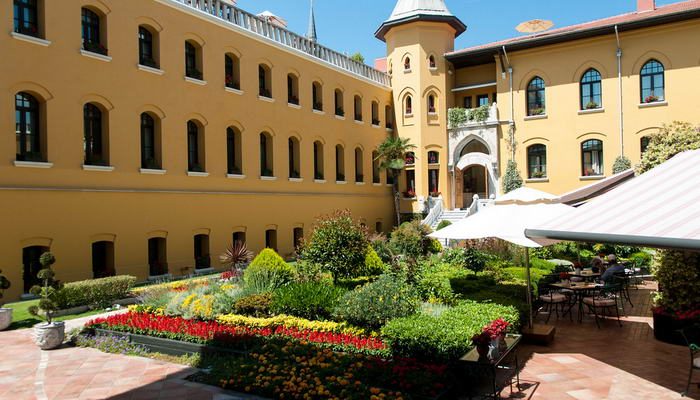If you want to stay somewhere a little bit different on your next holiday and have a unique experience, this list is for you. Converted hotels is a growing trend in travel business. Those buildings that were once used as something completely different, like a prison, a theatre, a monastery. Travelers have an insatiable curiosity, always seeking the unconventional. And when the journey turns towards accommodations, there’s nothing quite like converted hotels. These unique spaces offer more than just a bed; they offer stories and histories woven into their very walls.
But why the heftier price tag for a night in such establishments? Well, first off, these aren’t your run-of-the-mill constructions. Transforming a unique, sometimes ancient structure into a livable, modern space is no easy task. The blend of preserving the past, be it in a converted prison hotel or a centuries-old mansion, while infusing contemporary luxuries comes with its own set of challenges. Prime locations, intricate architectures, and the stories they encapsulate often mean extensive restoration efforts.
Beyond the physical, it’s about the experience. Nestling in a space with a rich backstory, perhaps even mysteries yet untold, gives these rooms an edge, a narrative, making them worth every penny.
Check out 10 Most Mysterious Converted Hotels. If you have ever stay in a hotel like below examples, feel free to share your experiences with us by using comments section.
10 – Four Seasons Hotel Gresham Palace – Budapest, Hungary
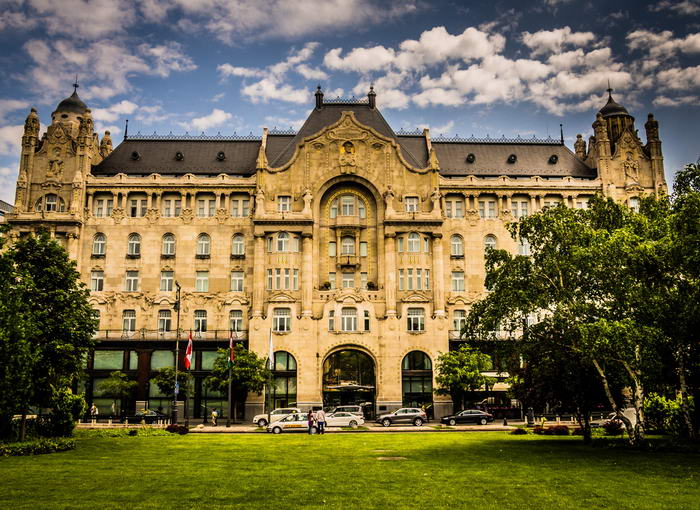
A former palace Four Seasons Hotel Gresham Palace is built in early 20th century and originally the headquarters for an English insurance company. Aunique art nouveau landmark, the recently transformed Four Seasons Hotel Gresham Palace Budapest combines historical elegance with ultra-modern comforts.
09 – Hotel Hospes Palacio del Bailio – Cordoba, Spain
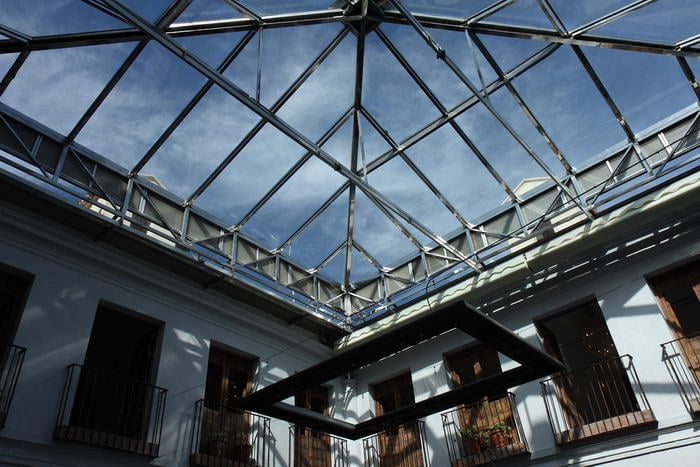
Built between the 16th and 18th centuries, this traditional Andalusian agrarian estate, now in the historical heart of Cordoba, has been meticulously restored and finely balanced with contemporary design. The former Mosque that was then converted into a Christian Cathedral in the center of Cordoba’s old town.
08 – Mandarin Oriental – Prague, Czech Republic
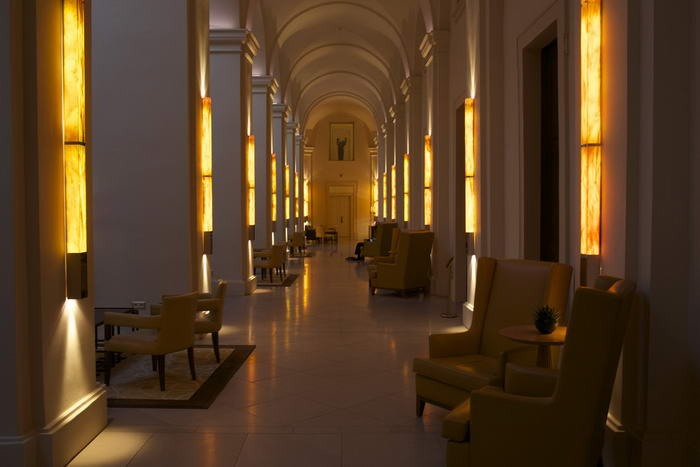
Built on the site of a former 14th century monastery, the hotel offers a holistic spa experience, with a vitality pool and two saunas.
07 – Hotel Im Wasserturm – Cologne, Germany
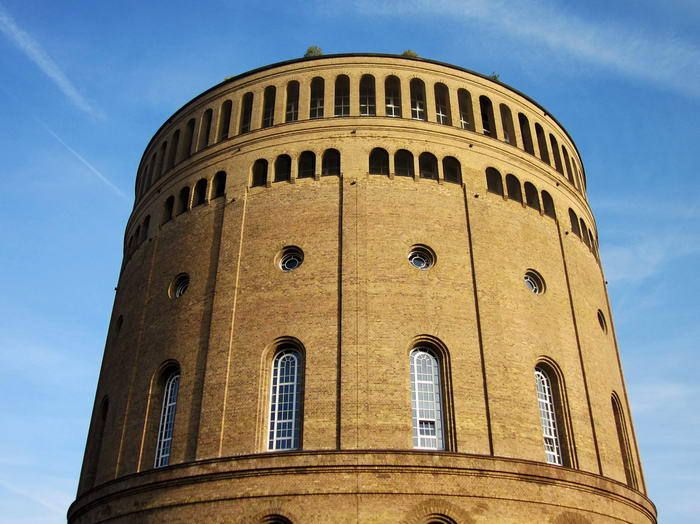
Located at the very heart of the Cathedral City, Hotel Im Wasserturm is converted from a water tower. It is partly destroyed during World War II, rebuilt in the early 90’s and configured in three rings by British engineer John Moore.
06 – Wanderlust Hotel – Singapore
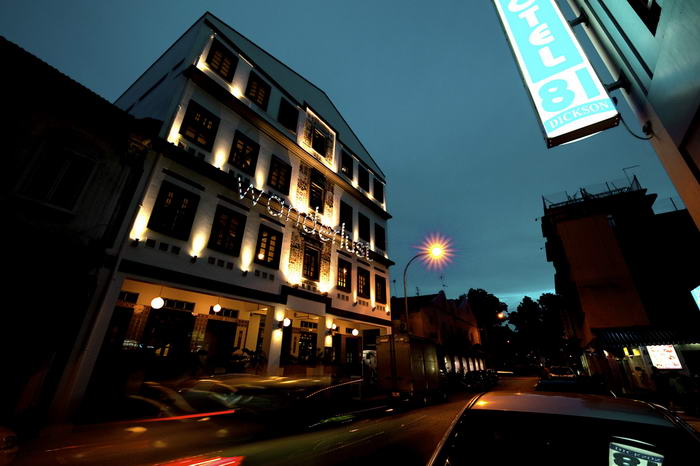
Located in Singapore’s Little India neighborhood, Wanderlust Hotel is housed in a former schoolhouse. Designed by Asylum, the lobby has a glam industrial vibe.
05 – Hotel Katajanokka – Helsinki, Finland
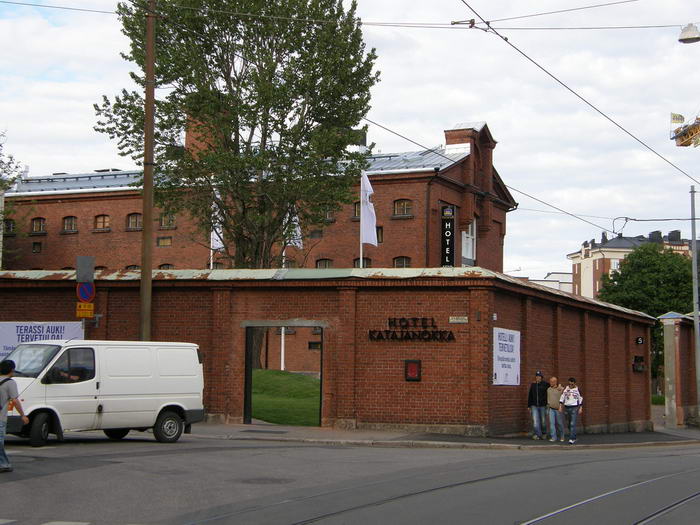
Originally built as a jail, Hotel Katajanokka was completed in 1837 and even came equipped with its own church. Today this prison is the white wing of the hotel.
04 – The Liberty Hotel – Boston, USA
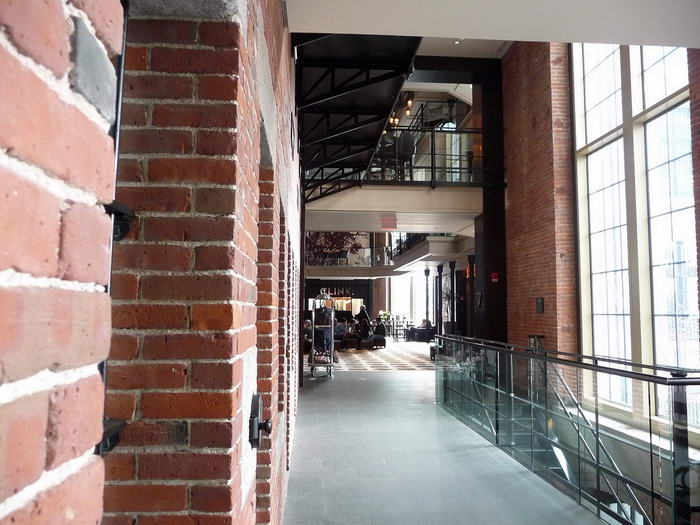
Since opening in September 2007, the Boston luxury hotel quickly became the “must-visit” downtown Boston destination for visitors and local residents alike. Back when The Liberty Hotel was the Charles Street Jail!
03 – Krolewski Hotel – Gdansk, Poland
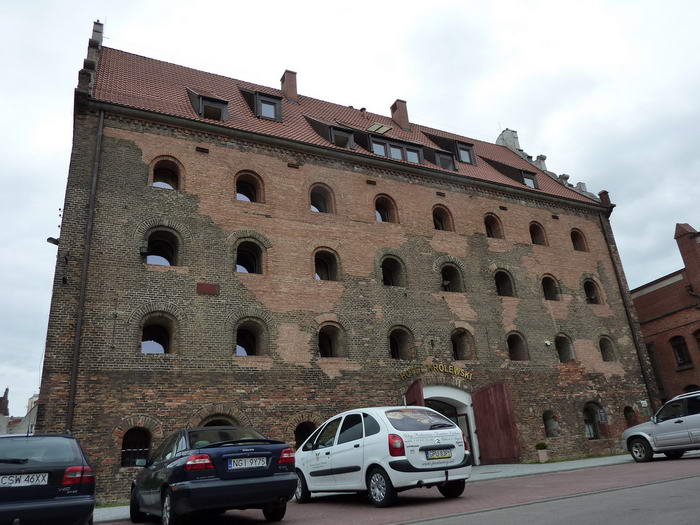
One of the city Gdansk’s chief products was grain, and the Krolewski occupies one of the city’s historic granaries, the former Royal Granary. Today, this grand riverside building houses one of the most elegant hotels in the tri-city area.
02 – Four Seasons Hotel at Sultanahmet – Istanbul, Turkey
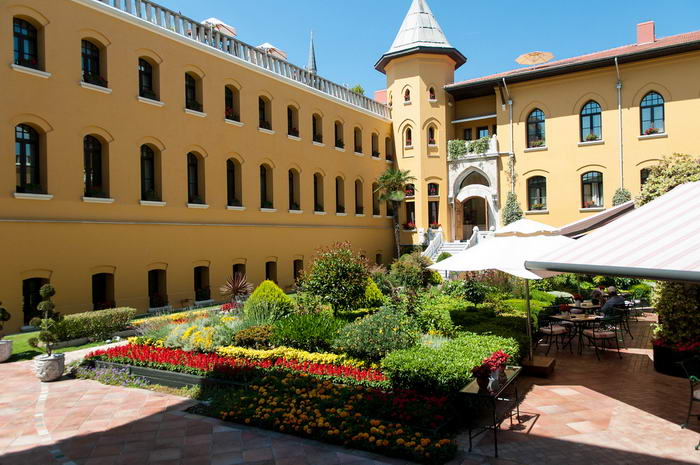
Four Seasons Hotel at Sultanahmet, a former Turkish prison, is not only an marvelous structure, but it is also conveniently located between the Hagia Sofia and the Blue Mosque, two of Istanbul’s greatest historical buildings.
01 – Chateau de Trigance – Trigance, France
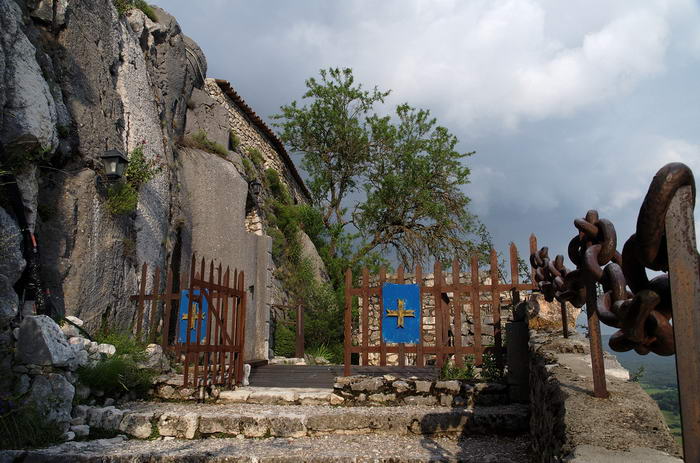
The Thomas Family transformed this Castle into a Hotel and Restaurant. The hotel has 10 rooms, they are situated all in the Castle.
Converting an Older Property Into a Luxury Hotel?
The decision to transform a property into an extended-stay hotel isn’t taken lightly. There’s more to it than slapping on some fresh paint and calling it a day. For starters, regulations play a pivotal role. Zoning laws, permissions, and the red tape can be cumbersome.
Architecturally, these spaces must evolve without losing their essence. That dilapidated mansion might seem like an ideal hotel, but ensuring its structural integrity, modernizing its utilities, and retrofitting it for the 21st-century traveler, all while maintaining its character, is a dance of precision. For instance, a haunted hotel should remain eerie without compromising on comfort. A green hotel should be sustainable without sacrificing luxury.
Furthermore, the very essence of an extended-stay hotel means reimagining spaces. Think communal areas for socializing, in-room kitchenettes, perhaps even laundry services. These aren’t mere rooms; they are homes, albeit temporary. And then comes the story – the marketing, the branding, the allure. How does one spin tales around these converted wonders to draw in guests?
From Corporate to Cozy: The Rise of Office-to-Hotel Conversions
The humdrum of daily office life might seem poles apart from the thrill of a holiday. Yet, recent trends beg to differ. Vacant office spaces, with their sprawling square footage and robust infrastructure, are seeing second lives as trendy accommodations. Be it luxury suites in popular casino hotels or minimalist lodgings in business districts; the transformation is both fascinating and functional.
Consider the advantages. These structures are often well-located, surrounded by amenities and transport links. The basic facilities – electricity, plumbing, accessibility – are already in place. The challenge lies in redesigning. Repurposing cubicles into cozy bedrooms, boardrooms into lounges, and pantries into gourmet kitchens.
The added bonus? The environmental impact. Choosing to renovate rather than raze reduces waste, aligning with the growing trend of eco-friendly travel. And for travelers, the experience of living in a transformed workspace, perhaps even one they might have worked in, is an exciting blend of nostalgia and novelty.


